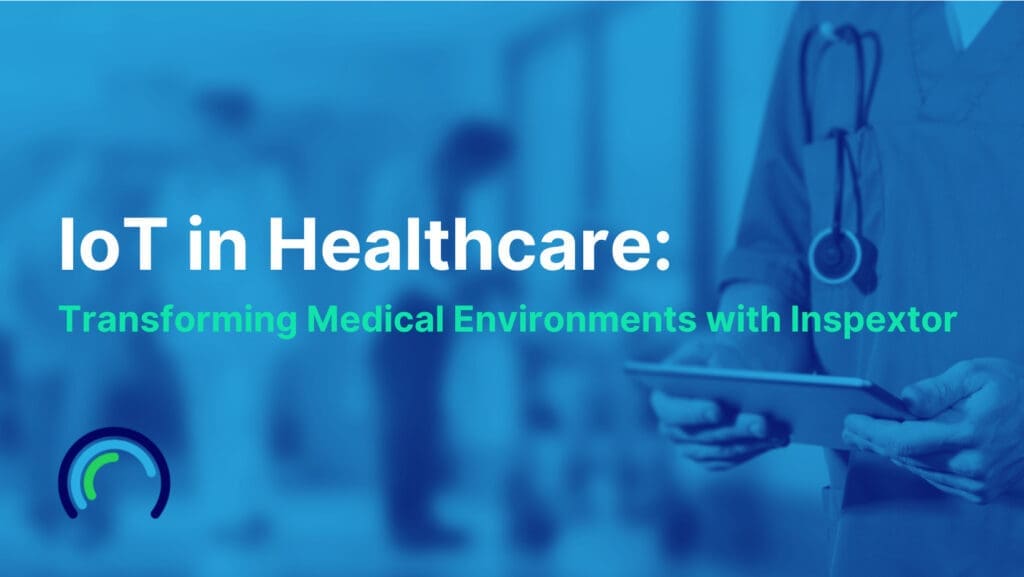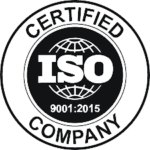
The Internet of Things (IoT) domain is thriving, with an increasing number of individuals relying on smart devices and intelligent infrastructure in their daily lives. As this market expands, IoT applications and devices are evolving to meet the growing demands of the digital era. Wherever innovation is possible, forward-thinking IoT providers are developing imaginative solutions to enhance comfort, convenience, safety, and more.
In the healthcare sector, opportunities for IoT innovations continue to emerge and reshape the landscape. Medical institutions face unique challenges, prompting IoT providers to brainstorm novel strategies to address them.
IoT’s role in healthcare extends from regulating the environment and ensuring safety to incorporating wearable monitors and cloud-integrated medical devices. The positive impact of IoT in healthcare is reshaping the patient experience and improving the quality of care.
Overview of IoT in Healthcare:
What is IoT?
In 1999, British technologist Kevin Ashton coined the term Internet of Things (IoT) to describe a network connecting people and the objects around them. Today, IoT encompasses any device that uses internet connectivity to collect or transmit data, control processes, or interact with other devices.
Consumer-oriented IoT devices like Amazon Alexa and Google Home are gaining popularity, with nearly 16% of households worldwide equipped with smart home technology, and smartphone ownership expected to reach 68% of the global population by the end of 2022. IoT is becoming increasingly integrated into various sectors, including education, data centers, hospitality, and healthcare. However, in the commercial space, IoT rarely uses voice commands and instead depends on integrated automations and sensors to trigger events.
Is IoT Appropriate for Healthcare?
IoT is well-suited for healthcare scenarios, offering solutions to address common challenges in medical contexts. Platforms like Inspextor by MHT Technologies combine various systems, integrating previously isolated data clusters. Let’s explore what IoT means in healthcare and how it can be integrated into medical settings.
What Does IoT Mean in a Healthcare Context?
In healthcare, IoT refers to networked devices used in hospitals, clinics, or other medical facilities. These devices include smart thermostats, automated lighting, security systems, digital displays, and various types of sensors. When implemented in healthcare settings, some of these devices play a crucial role in patient care, convenience, and safety.
Moreover, healthcare-specific IoT devices are often referred to as medical IoT or the Internet of Medical Things (IoMT).
What Does Medical IoT or IoMT Signify?
Medical IoT, or IoMT, encompasses advanced patient monitors, connected medical sensors, and similar technologies. When traditional medical tools incorporate IoT features, physicians can more efficiently monitor and manage various aspects of patient care. IoT not only enhances comfort in healthcare but also extends health monitoring and safety features to both patients and caregivers.
IoMT is a burgeoning subset of IoT, with plenty of untapped potential. When combined with standard IoT solutions such as intelligent locks, smart lighting, digital displays, and diverse sensors, IoMT tools create an improved healthcare environment, enhancing patient comfort and treatment quality.
How is IoT Utilized in Healthcare?
IoT is currently employed in various ways in healthcare settings, and its potential applications continue to evolve as technology advances.
What Challenges Might Arise from IoT in Healthcare?
While IoT technology offers numerous advantages in healthcare, there are challenges to consider when integrating it into medical settings.
Security:
- Adhering to strict security protocols, patient confidentiality standards, and compliance regulations is vital for healthcare facilities. Large healthcare networks often face the challenge of securing multiple facilities and extensive data repositories.
- Integrating IoT in medical settings simplifies security challenges. For instance, Power over Ethernet (PoE), primarily utilized by Inspextor, is among the most secure technology solutions, making it ideal for healthcare establishments with stringent security requirements.
Adoption:
- Transitioning an entire facility to a new system and methodologies can be time-consuming, and the initial costs may deter smaller medical facilities.
Integration:
- Given the wide range of potential devices and protocols, integration can appear daunting. A robust IoT platform is essential to maximize the impact of IoT in healthcare.
- MHT Technologies’ PoE-driven IoT solution is tailored to seamlessly integrate with diverse systems, providing users with a unified and streamlined experience.
Data:
- Managing the influx of massive data is a significant challenge in healthcare IoT, but it also holds immense potential for improvement.
Conclusion
Looking ahead, as IoT in healthcare matures and IoMT devices continue to evolve, medical facilities will undoubtedly progress, offering better patient outcomes, improved experiences for patients and visitors, and enhanced working conditions for healthcare professionals. With access to more tools and data, new insights will emerge, helping doctors identify patterns and understand previously elusive aspects of medical care.
IoT goals within the healthcare setting are supported significantly by PoE (Power over Ethernet)capabilities. PoE technology is able to address specific concerns unique to healthcare, including reliability, privacy, scalability, and a lack of dependence on WiFi.
Certainly, IoT’s impact on healthcare is just beginning, with numerous groundbreaking IoMT solutions on the horizon. To stay updated on the latest Inspextor developments that increasingly support advanced IoT use cases, consider subscribing to our newsletter.

